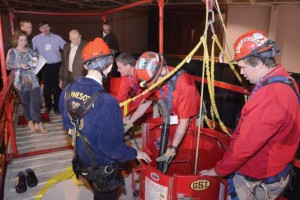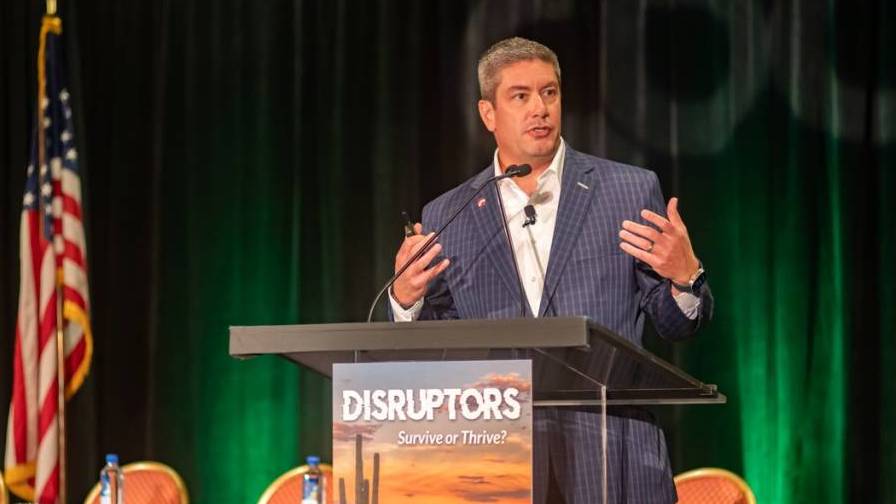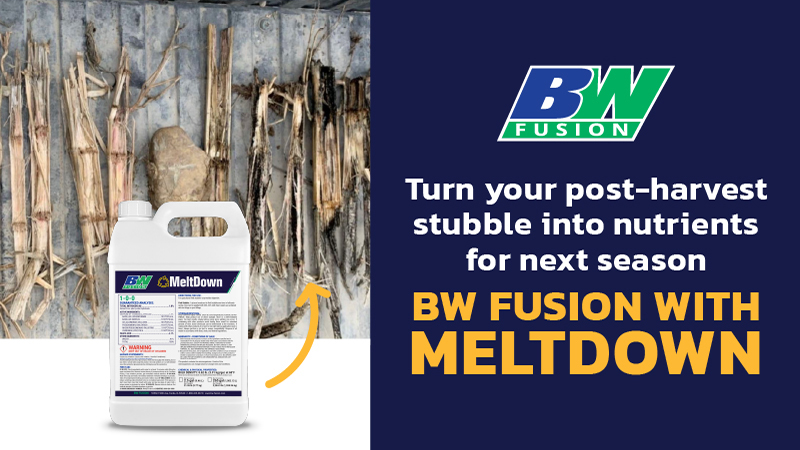Ag Retailers: Hit The Mark On Safety

The Safety and Technical Rescue Association conducted live grain bin rescue demonstrations at the CHS Annual Meeting, including tips on what to do — and what not to do — to save a life.
When I ask facility managers if they have a good safety culture, I’m often surprised by their answer. “Yes, we have a good safety culture,” one manager recently told me. “If people mess up, I punish them.”
Is your safety approach focused mostly on inflicting consequences and “gotcha’s?” If so, it’s time to shift your focus toward building a positive and proactive safety culture. One that engages employees, challenges your managers and rewards safe behavior.
Start With An Employee Survey
There’s no question that those of us in the ag supply industry face inherent risks, from combustible dust and working at elevations, to handling propane and fertilizer, to operating fleets. Yet it can be a challenge to step away from the day-to-day tasks long enough to ask: What is our safety culture? Do I care? How do I assess it and improve it over time?
A great place to start is with an employee safety culture survey. Safety is not a soft target — it’s measurable and it can (and should) be continuously improved. Conduct a simple, anonymous survey to get honest feedback. Take action based on what you learn, and then survey again in 18 months to see where you need more work.
Ask employees to rate the following types of questions on a scale of 1 to 5:
- How effective is the training you have received to perform your work safely?
- How committed is the management team to your safety?
- To what extent do you think we are improving our safety over time?
You can also ask open-ended questions, such as:
- Have you ever felt unsafe performing your job? When and why?
- Do you ever feel pressured to compromise safety for production? How often?
Managers Have A Powerful Influence
Remember — as a manager you either condemn or condone unsafe work conditions. There is no middle ground. Let’s say you observe one of your drivers smoking while fueling a vehicle. That’s a defining safety moment. Ignore it and you’ve essentially approved an unsafe practice. Challenge it with a firm warning while also letting the driver know you want to be sure he returns safely home to his family that night and you’ve demonstrated a personal interest that can help build a strong safety culture.
Some safety strategies for retail managers:
- Engage employees. Have direct and frequent communication with employees about safety. Ask them for their safety observations, concerns and suggestions. Show interest, both in safety meetings and in casual day-to-day interactions. Next time you observe a safe work practice, take a moment to acknowledge it and show your appreciation. Actively look for opportunities to praise and recognize safe practices.
- Be convincing. Let employees know that you are sincerely committed to protecting their safety. If employees suspect safety programs are motivated by financial gain and regulatory compliance, you’ll have mixed results.
- Go beyond compliance. The Occupational Safety and Health Administration and other rules are a starting point, but not everything critical to your company’s safety is addressed by regulations. Compliance should never be your primary motivation.
- Be visible in the process. Meet regularly with your environmental, health and safety staff to discuss issues and progress.
- Set an example that safety comes first. Management’s role is not just to educate employees about safety, but also to motivate them. When was the last time you did an unannounced walk-through of an elevator, or enthusiastically participated in a safety meeting?
- Select employees carefully. When hiring, consider candidates’ safety history and experience. Try to gauge their work ethics and whether they have a tendency to accept authority.
Strive to create a culture where employees are always thinking about their own safety and the safety of their fellow employees and communities — every time they climb a ladder, drive a forklift or enter a confined space. Your goal is to raise awareness so employees act safely at all times, not just when observed.
Here’s a quick quiz: The last time you observed an employee acting unsafely, did you: a) commend them for efficiently taking a shortcut, b) quickly look the other way, c) tell them to “be careful,” d) stop them and discuss it or e) engage the employee and supervisor to ensure company expectations are clear in both camps?
Do The Right Thing
In a company with a strong safety culture, it is not enough to do the right things. You have to do them for the right reasons.
In a “world class” safety culture:
- Accidents are intolerable — there are no excuses.
- Safety goals and responsibilities are well defined and understood.
- Safety priorities are defined by actions.
- There are long-term safety plans (three- to five-year-plans).
- Safety is considered part of management effectiveness.
- Management personnel are personally involved.
- Programs are employee centered for a win-win situation.
- Communication is informal, open and encouraged.
- Efforts are closely measured and responded to.
An effective safety culture has three main components: Aspirational, operational and managerial. In a nutshell, that means safety should be incorporated into your company’s highest aspirations; safety practices must be clearly communicated and implemented as part of your daily operations; and safety must start at the top.
When you genuinely care about your employees, and you engage them in creating a safer work environment, it can be a win-win for both your organization and your employees.





